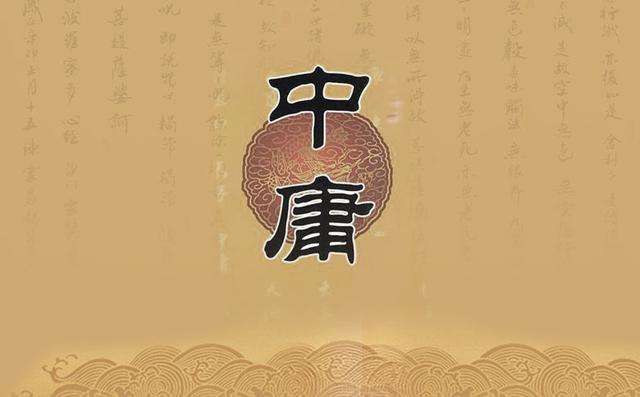(单词翻译:单击)
《中庸》是中国儒家经典之一,原是《礼记》第三十一篇,相传为战国时期孔伋(子思)所作。其内容肯定“中庸”是道德行为的最高标准,把“诚”看成是世界的本体,认为“至诚”则达到人生的最高境界,并提出“博学之,审问之,慎思之,明辨之,笃行之”的学习过程和认识方法。宋代从《礼记》中抽出,与《大学》《论语》《孟子》合为“四书”。宋元以后,成为学校官定的教科书和科举考试的必读书,对中国古代教育产生了极大的影响。

中庸·三十
仲尼祖述尧舜,宪章文武;上律天时,下袭水土。辟如天地之无不持载,无不覆帱;辟如四时之错行,如日月之代明。万物并育而不相害,道并行而不相悖。小德川流,大德敦化。此天地之所以为大也。
XXX
Confucius taught the truth originally handed down by the ancient Emperors Yao and Shun; and he adopted and perfected the system of moral laws established by the Emperors Wen and Wu. He showed that they harmonise with the divine order which governs the revolutions of the seasons in the Heaven above and that they fit in with the moral design which is to be seen in the nature of water and land upon the Earth below.
These moral laws form one system with the laws by which Heaven and Earth, support and contain, overshadow and canopy all things. These moral laws for the same system with the laws by which the seasons succeed each other and the sun and moon appear with the alternations of day and night. It is this same system of laws by which all created things are produced and developed themselves each in its order and system without injuring one another; that the operations of Nature take their course without conflict or confusion; the lesser forces flowing everywhere like river currents while the great forces of Creation go silently and steadily on. It is this one system running through all that makes the Universe so impressively great.
更多精品翻译素材,敬请关注可可英语。


